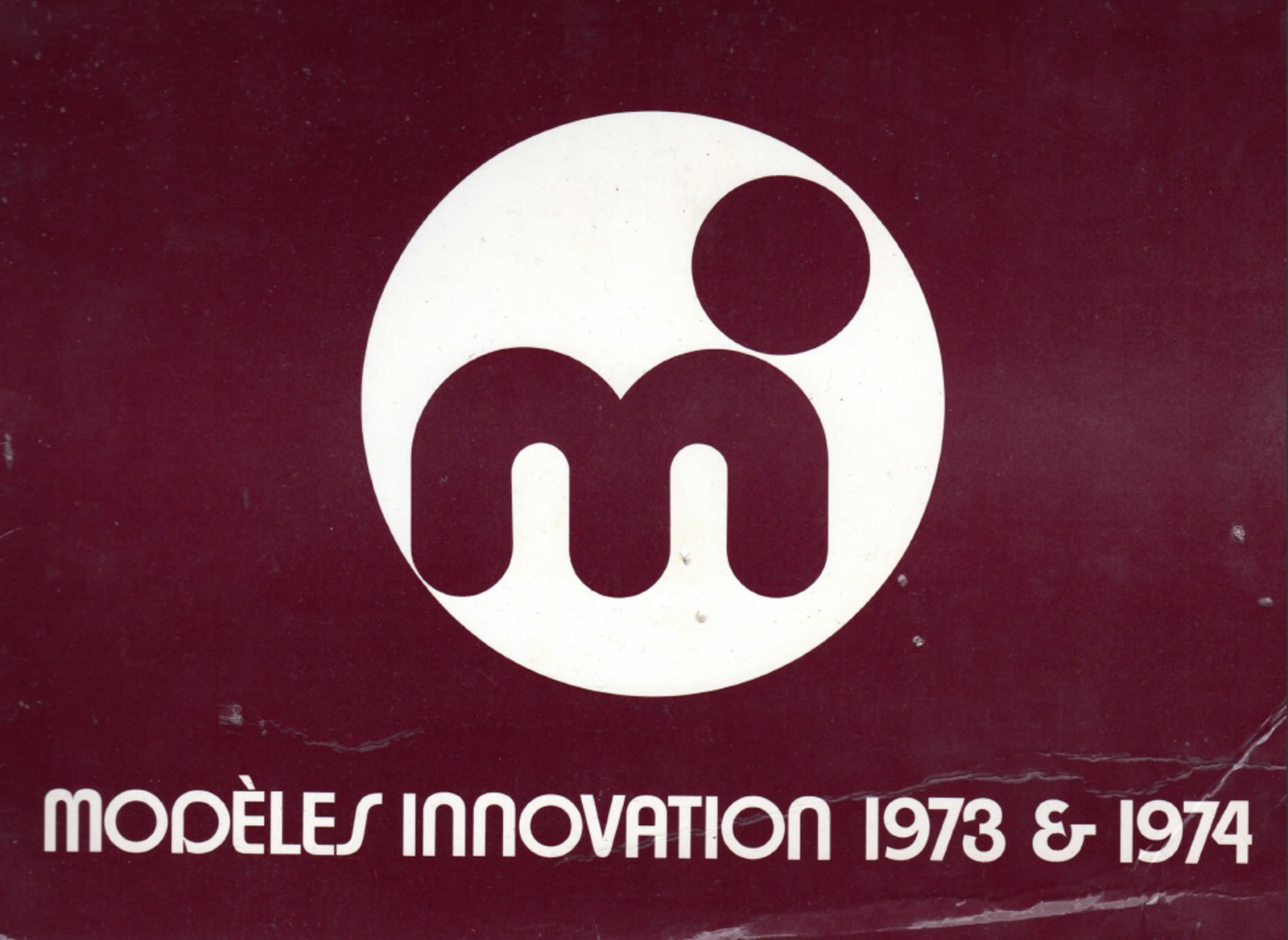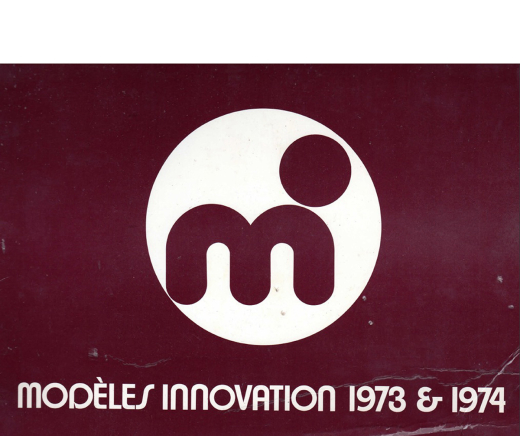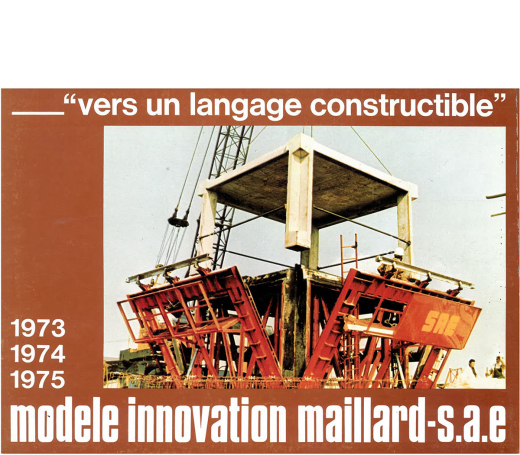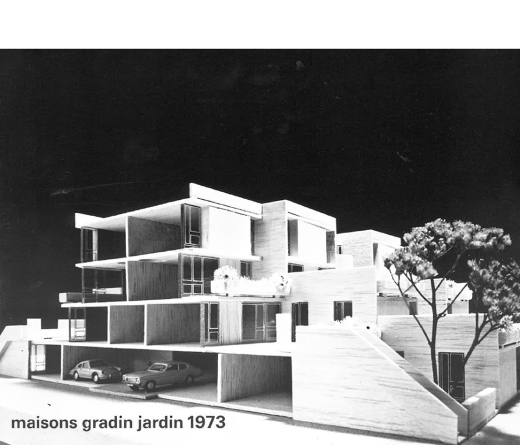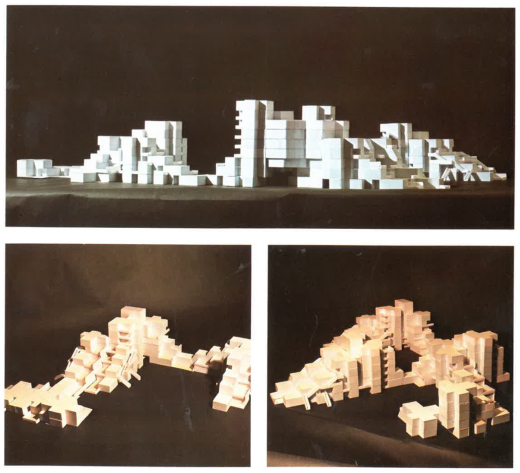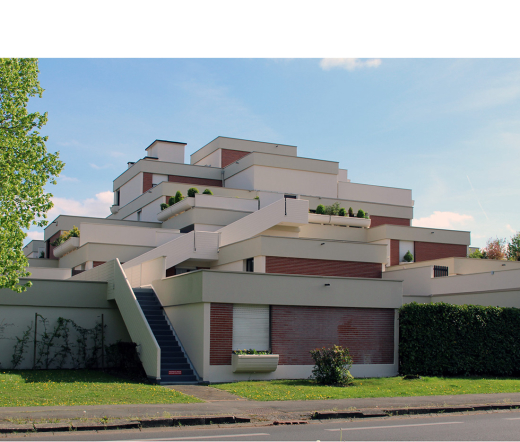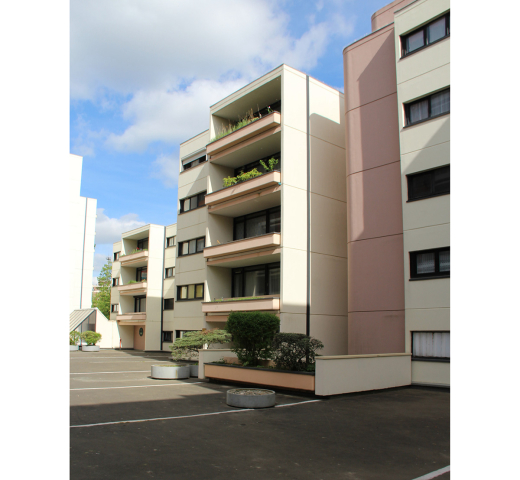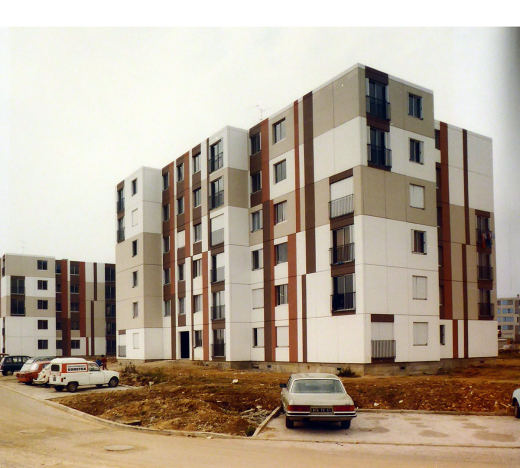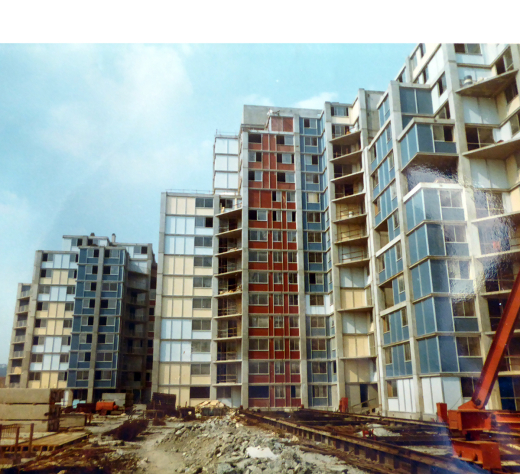WHAT IS THE LEGACY OF THE ARCHITECTURES OF CHANGE?
by Richard Klein
Edited by Theodore Prudon and Eduarte Duarte Ruas
By the end of the 1950s, the French solution for mass housing, known as les grands ensembles, was strongly criticized. From this point on, the grands ensembles faced successive phases of criticism, modification and, more recently, destruction. The French State was confronted with the failure of the urban form generated by les grands ensembles. The political power was then forced to emphasize the need for change in the mass housing production in France.
This change came in the shape of the Plan Construction, created in 1971. This plan had the ambition to renew and advance building technologies for mass housing.[1] The results of this public policy have influenced the housing production in two ways: building technology innovation and typological renewal. During the first years of the 70s the organization of The Plan Construction set up a laboratory for social housing with an experimental, innovative, and qualitative approach. The laboratory created a set of more or less experimental procedures and operations, among them the Modèles Innovation, the most pragmatic attempt to change mass housing.
